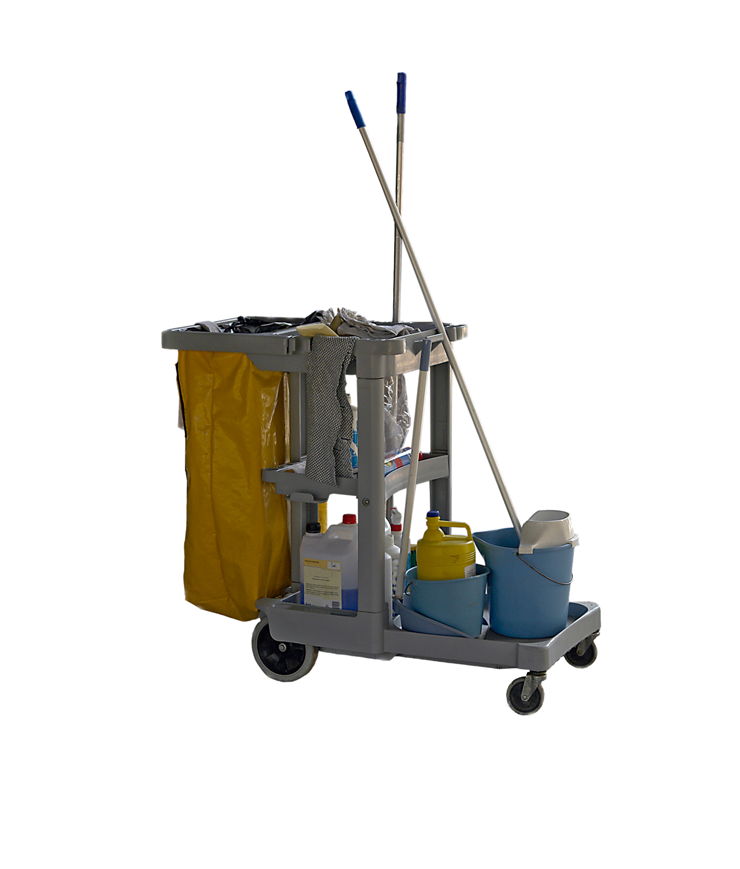Domestic Robots History and Future
Domestic robots (or service robots) are robots programmed to do household works, educate or entertain and are autonomous to a lesser or a greater degree. There are estimates that in 2006 there were 3,540,000 service robots in use compared with an estimated 950,000 industrial robots.
In-home robots are robots that do different jobs inside a home. Robotic vacuum cleaners are one of those. There are also floor-washing robots that have wet mops and use disposable cleaning cloths to dry-sweep. Cat litter robots are another type of in-home robots. They are basically automatic self-cleaning litter boxes that empty their content through a filter into a plastic bag. Security robots have night vision cameras. They patrol preprogrammed routes and record a video if they sense a movement with their sensors. They can alert owners via email or a SMS message and upload video to a website.
Outdoor robots perform chores outside of the house. Robotic lawn-mowers are programmed to cut grass and don’t need human hand to steer them. Some of them can even mow uneven fields or inclined surfaces. Automated pool cleaners clean swimming pools. They can move (swim) on their own and can scrub walls of a pool in 3 hours. Some of them can even clean debris as small as 2 µm in size. Window-washing robots hold themselves to buildings with magnets and use cleaning solutions and microfiber pads to wash windows. Gutter-cleaning robots clean clogged pipes, and sludge in gutters.
Toy robots are used for entertainment and play (like popular Furby from ‘90s). They can have humanoid shape or be shaped (and have a behavior) of pets. They usually have pretty simple range of motions and actions. Some of them are reprogrammable and used by universities in competitions such as the RoboCup. Some modern toy robots can be integrated with smartphones which act as their “brains.”
Main purpose of social robots is to provide social interaction and many are oriented towards the elderly. Mitsubishi Heavy Industries made Wakamaru - a humanoid robot made as a companion for elderly and less mobile people. Nursing home patients have therapeutic robot baby harp seal, made to be cute and to respond to petting by moving its tail. Telepresence robots have cameras and monitors and are used for telecommunication between people. They also help doctors to monitor patients and bedridden children to attend school remotely.
Dustbot is a robot that can collect garbage from homes. It appears at the door when it is summoned by a SMS and it navigates with GPS. It collects the garbage and takes it to a dustbin. It can be programmed according to the type of trash that it is carrying so it would know where to drop it. It is invented because old European cities often have tight streets where large trucks cannot enter and dispose of garbage. Prototypes have been tested in Italy, Sweden, Korea, and Japan.
HERO was the name of several educational robots sold by Heathkit during the 1980s. Their purpose was entertainment and education and were sold as kits or assembled (but for a higher price). They had light, sound, and motion detectors; it could be controlled remotely and had a basic speech synthesis that allowed it to quote several phrases from various films, sing songs and recite poems.
Topo was also made in 1980s but by Androbot Inc. It was an education oriented robot made to be programmed and modified. It could be programmed with Apple II or Windows 95 to move in certain ways and perform tasks but it had no sensors and it communicated with PCs via a radio or infrared transmitter.
